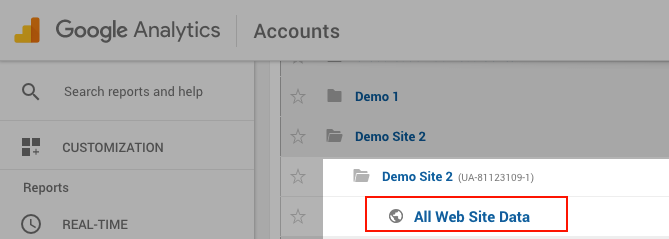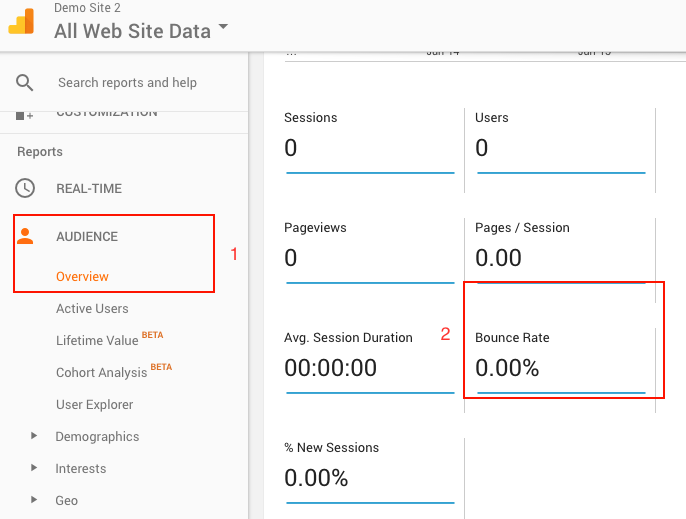Ever heard of the teenage boy website test? No? Here’s how it works.
Go to any site as if you’re a “coming-of-age” teenager ready to make a move on prom night; now as you click around the site ask yourself how long are you actually interested in the page you’re on before “bouncing” to another one. In most cases, you have 45 seconds to 1 minute and 20 seconds to get a lead to take action.
Here’s the twist with all of this — that site you tested, be honest…was it yours? Did it pass? Or did you bounce?
WHAT IS YOUR BOUNCE RATE
The best way I know how to describe this to you is to think of your website as a target client that you-re trying to attract. Did your website convince them to take some sort of action? Or did they just skim around and then left?
The secret to bounce rates is to get people to make a move, to make some sort of action–as opposed to simply leaving your site after reading a few lines.
A bounce rate is a percentage of time on average that leads land on your site and pass with zero action taken. It is the silent killer that lowers your SEO rankings and slows down revenue. It is a sickness and we are all diseased with it on some level.
SO WAIT, EVEN IF THEY COME TO MY SITE THAT’S NOT ENOUGH?
Well, let’s follow the money. Let’s say 100 people land on your snazzy home page and only two convert — is that enough for you? What’s the deal with the other 98? Did they just not get it? Were they bad leads? Odds are the problem isn’t them, but you. Don’t worry I have some tips to get you back on track. But first…
WHERE DO I FIND MY BOUNCE RATE?
A) Sign into Google Analytics
B) Select your website Account

C) Go to Audience Overview to the right you will see Bounce Rate

3 SIMPLE WAYS TO FIX YOUR BOUNCE RATE
1. Review The Source Of Your Bounce Rate
We see a lot of brands who create content, share it across the web and get traffic. All good activities. The problem is, what they share doesn’t always match what’s on the site. It’s borderline “click-bait” content to drive traffic, but not the most effective way if you can’t deliver on the promise.
To fix this — make sure the content you share across the web matches what’s on your site. Always aim to deliver the promises your content preaches and you’ll see that bounce rate slowly fizzles away.
2. Address How Your Content Is Laid Out
Be honest, when is the last time you revamped your website design? It’s probably been a few years. Okay, fine; maybe you don’t have the budget for it, but what about just fixing a page or two — there’s no budget for that? Even if those pages pay for themselves when they drive conversions?
Often times, bounce rate is the result of a poorly designed website / landing page. A user travels to your site and within a minute or so, they just can’t find what they want so they bounce.
How do you fix this? Make your content easy and visually simple to find. Depending on your budget this could mean a new website, making it mobile friendly or simply making the Call To Actions easy to find.
3. Keep Your Site Fresh With New Content
The leads are out there. They want to buy your product. They want your services. They want to see that you are actively creating content for them. But let’s be real, it takes time to knock out a blog — so you might be a few months behind. It happens.
Okay, so the solution here is to find content that works for you. How about Twitter? Connect it to your cell, create a Tweet feed on your site — boom content all the time. Or how about a Facebook post? Odds are you’re on Facebook everyday why not let it work for you.
Find content that shows you are active, don’t just assume what you do will work out the way you want it too.
FINAL THOUGHTS
Review long tail keywords (3-5 strand keywords) that bring you traffic and put them to work on your site. Start picking off the pages with high bounce rates. You may think no one cares because the time on the page is so low, but Google cares. Google sees the bounce rate and thinks your site isn’t relevant and dings you. Eventually, your rankings fade away. Thank the bounce rate for that.
PS. Here’s a quick guide on how to optimize your blog.

 Dr. Gleb Tsipursky – The Office Whisperer
Dr. Gleb Tsipursky – The Office Whisperer Cat Johnson – Coworking Marketing Maven
Cat Johnson – Coworking Marketing Maven Angela Howard – Culture Expert
Angela Howard – Culture Expert Drew Jones – Design & Innovation
Drew Jones – Design & Innovation Andrea Pirrotti-Dranchak – Competitive Advantage
Andrea Pirrotti-Dranchak – Competitive Advantage Jonathan Price – CRE & Flex Expert
Jonathan Price – CRE & Flex Expert Jeremy Fennema – Tech Innovation Alchemist
Jeremy Fennema – Tech Innovation Alchemist







